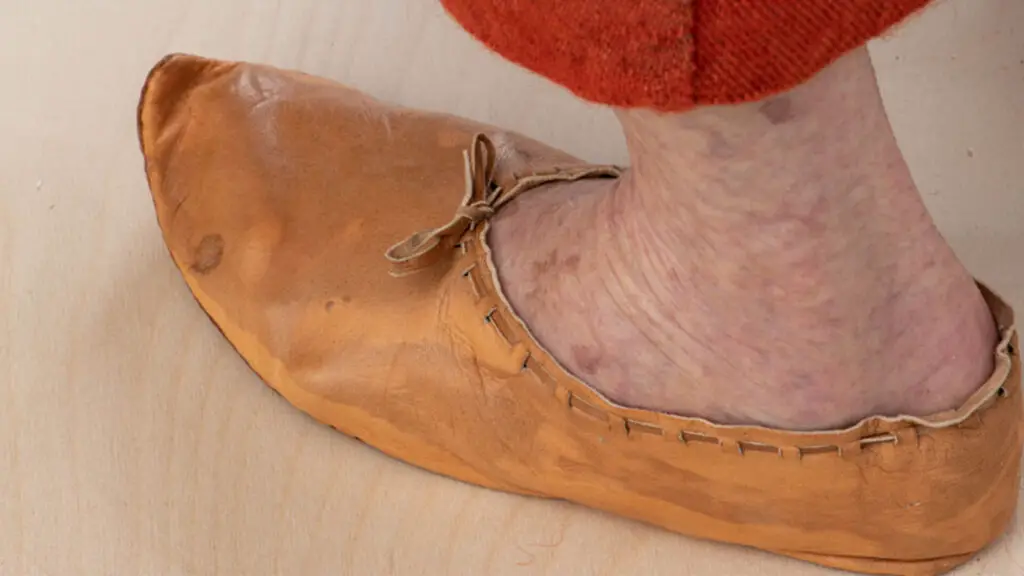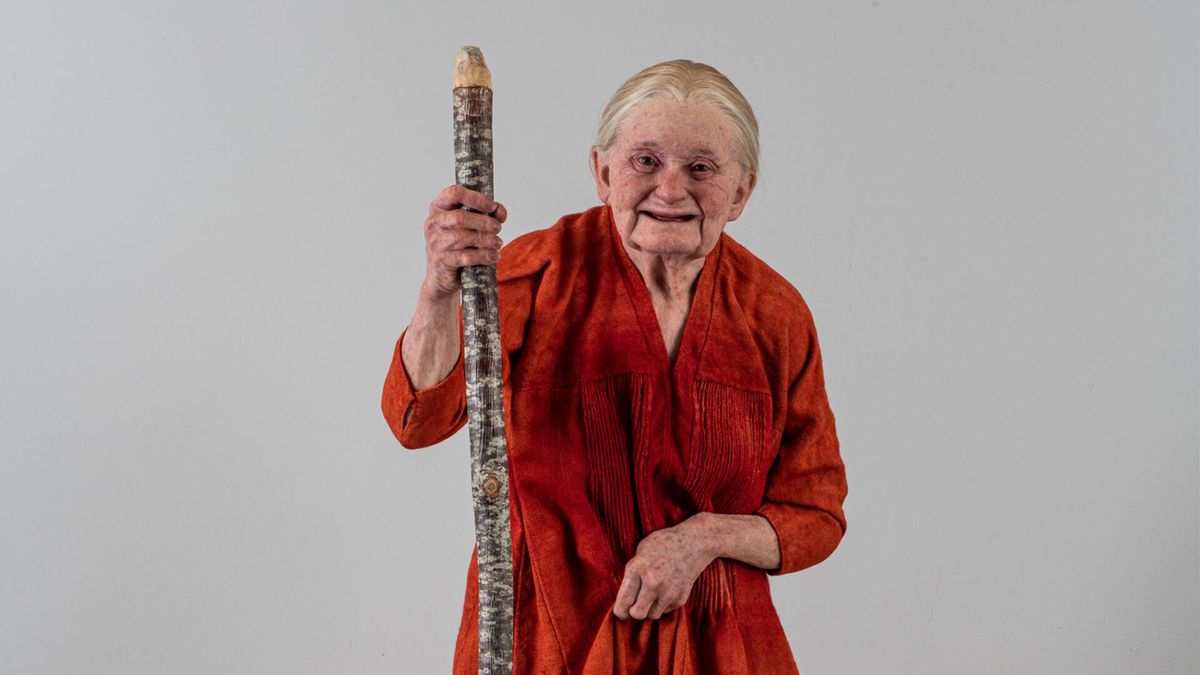Scientists have produced a full-scale, accurate 3D model based on the remains of a woman discovered in Norway. The Tora, who lived 800 years ago, appeared like this.
Scientists have previously demonstrated to us numerous times that nothing is truly impossible, simply things that are more difficult to do. Multidisciplinary research is done in science. They frequently try to predict the future or concentrate on the here and now.
But the past is frequently the key to comprehending the future. To better understand the evolution of life, many scientists dedicate their professional lives to examining ancient artefacts and fossils.
Researchers in Norway have Developed a lifelike Facsimile of an Elderly Mediaeval Woman
A new 3D model of a historical Norwegian woman has been produced by scientists at the Norwegian University of Science and Technology (NTNU). She lived in Norway some 800 years ago. Her bones, which were discovered near Trondheim, were used by researchers to make this fantastic reconstruction. The woman, Tora, had been 65 years old when she passed away.

According to Ellen Grav, an archaeologist who worked on the restoration, “I wonder what she may have felt if she had been informed 800 years ago that one day she would become the major attraction of the museum.”
The woman depicted as a full-size 3D model is an older woman with a smile who balances herself on a wooden stick. She is donning an orange outfit and airy women’s footwear.
“We wanted to demonstrate to everybody who visits the Torah that the Middle Ages were not merely a trying and painful period. Even though this older woman put in a lot of labour, she undoubtedly had her happy times. We wanted people to see her in precisely that situation, says Prof. Grav.
She most likely Hailed from a Prosperous Family of Merchants
In Trondheim, central Norway, Tora was born at the end of the 13th century. At that time, the city was home to roughly 4,000 residents, most merchants and artisans. Prof. Grav thinks that, at the time, it was a vast and wealthy town.
The woman was interred in the historic cemetery on Kaupmannastretet, the town’s main thoroughfare. The 1970s saw the discovery of her remains. According to researchers, the elderly woman most likely came from a family of merchants.
Most people who lived on Kaupmannastretet Street were artisans who set up shop next to the homes, facing the street, to sell their wares. Since merchants belonged to Trondheim’s wealthier social class, we infer Tora was from a better-off family, says Prof. Grav.
Outstanding Scandinavian Artists Created the Reconstruction of the Figure
The clothing Torah is wearing is a replica of one discovered in an altar church in Uvdal. It originates from the time when Torah lived. It was woven using the same techniques as mediaeval women’s apparel. Additionally, it was hand-dyed with Marzanna Dye, a natural dye made from a plant.
The Torah is humped and devoid of lower teeth; it is seen as a three-dimensional model. She had a severely malformed spine and had lost her teeth many years before she passed away, according to scientists. Her stature, according to archaeologists, might be a sign that she toiled hard her entire life.
To develop a replica of the Torah that looked as authentic as possible, Ellen Grav collaborated with Danish film makeup artist Thomas Goldberg. The archaeologist acknowledges that the Norwegian woman’s entire body was hand-painted and that each hair strand was individually adhered to.
The skin of the Torah was silicone. On the other hand, Nille Glaesel, who, among other things, sews and reconstructs Viking clothes, made the outfit. Medieval sewing methods were used to create the costume.





